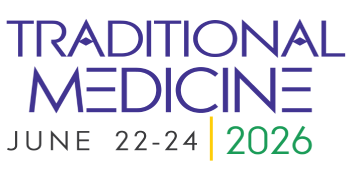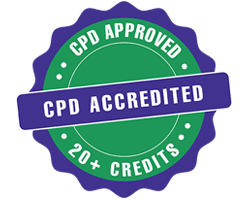Title : Pilot project for observing efficacy of a selected treatment module in Vaatkantak w.s.r. to Agnikarma
Abstract:
Vaatkantak vis a vis Calcaneal spur/plantar fasciitis is a common problem affecting quality of life of people. A specific treatment plan was adopted for its treatment in the present study and the results were evaluated. Agnikarma, external application of lepa guti and internal usage of guggulu and kupilu were selected for pacification of Vaat dosha. Marked improvement was seen in all patients.
Introduction: Vaatkantak is cause for 15 percent of OPD patients coming for one or other foot problems. The disease can become major cause of disability and has a marked impact on mobility of the affected person. If untreated it can become a vaikalykar disease.
Methodology: The patients were selected from the OPD of Vasvel dispensary,Ta waghodiya,Dist Vadodara, Gujarat state. A standard procedure was designed for the study comprising Agnikarma with panch dhaatu shalaka, application of lepa guti,and internal usage of preparation of guggulu and kupilu. The symptoms and morbidity were graded and assessed.
Inclusion Criteria: Patients having chief complaint of pain in heel were selected. X ray study and uric acid study was welcomed.Being a village place majority of patients stayed aloof from both investigations.Calcaneal spur in X ray was confirmed in one patient.
Exclusion Criteria: Nil.
Treatment: The treatment comprised following procedure and medicine.
Agnikarma was done in the affected heel with 3 dots in three line as shown below. Twak dagdha type of Agnikarma was done and samyak lakshana of dahan karm were observed.After agnikarma,Yashtimadhu churna was applied locally.
- External application of lepa guti : Lepa guti is a specific combination of drugs that are vey useful Vaat-Kapha dominant conditions.It was advised to patients for local application in hot state every night and was advised to be kept for whole night.
- Internal usage of Rasnadi gugglu 2 tabs twice a day and Vishtinduk i vati 1 tab twice a day was also recommended for subduing vaat dosh.
The symptom- pain in heel was given following gradation
Severe pain: 4
Moderated pain: 3
Mild pain: 2
No pain: 1
On similar line the symptom , disability was also graded as below
Severe disability: 4
Moderate disability: 3
Mild disability: 2
No disability : 1
The duration of treatment was kept for one and a half month. Agnikarma was done on weekly basis.
Totally 10 subjects were selected for the present study. Out of ten subjects six were female while four were male. All belonged to age group of 35 to 55 years. Most of female subjects were little obese when observed with respect to their height. One patient had pain in both the heels while other had unilateral pain.
Results: One patient got complete relief in a single sitting of Agnikarma.Patient whose X RAY showed calcanel spur also got marked relief in pain and disability.
Discussion:
- Though Vaatkantak is not a fatal disease it is major cause of disability and pain.
- A multiprong approach of of internal medicine,external medicine as well as agnikarma was selected for its treatment and it was found very fruitful.
- All patients were indulged in excessive walking- a cause of vaat vruddhi.
- Most of females were having over weight in comparision to their height leading to extra pressure on joints.
- The compact module served very well in relieving the symptoms right from the first sitting of Agnikarma.
Conclusion: The treatment protocol- module of the present study was found highly effective in curing Vaatkantak and a larger study could establish it more firmly.
Acknowledgement: We are thankful to the patients of Vasvel,Ta Waghodiya, Dist. Vadodara.
Conflict of interest: The authors have no affiliation with any relevant organizations.




